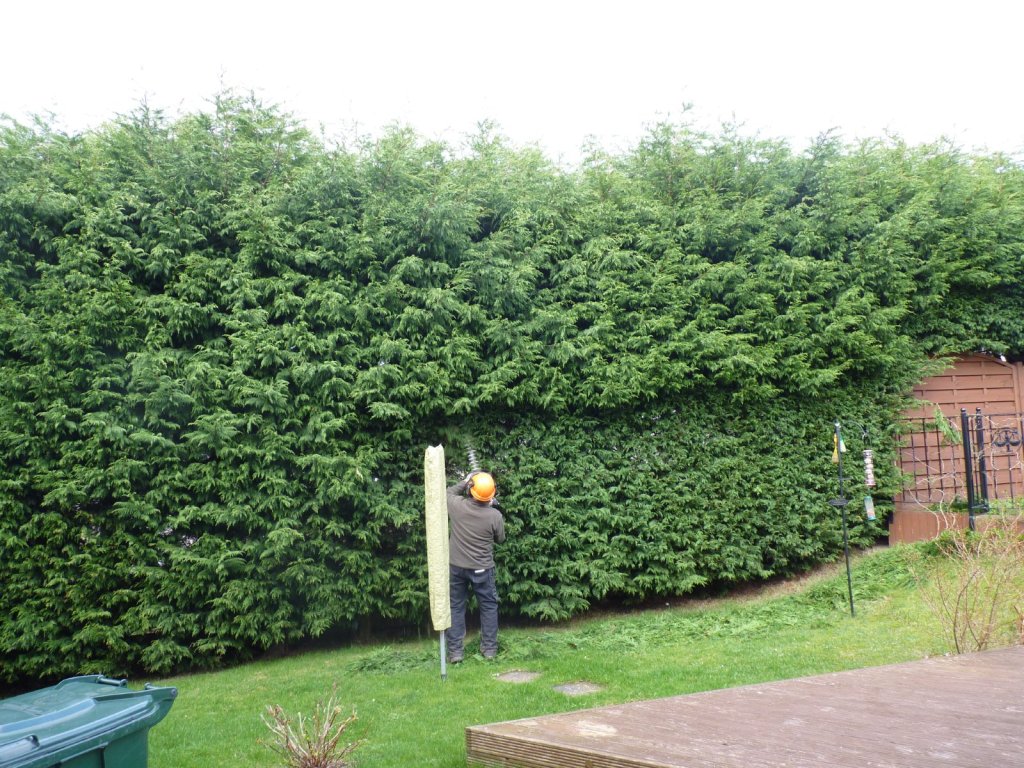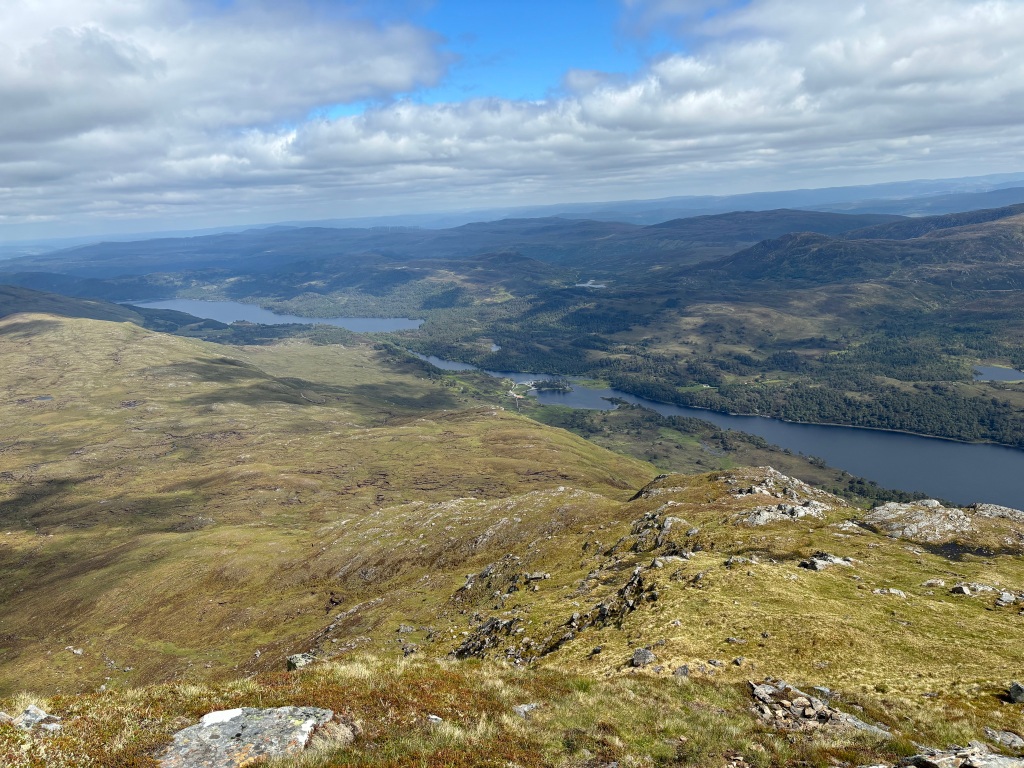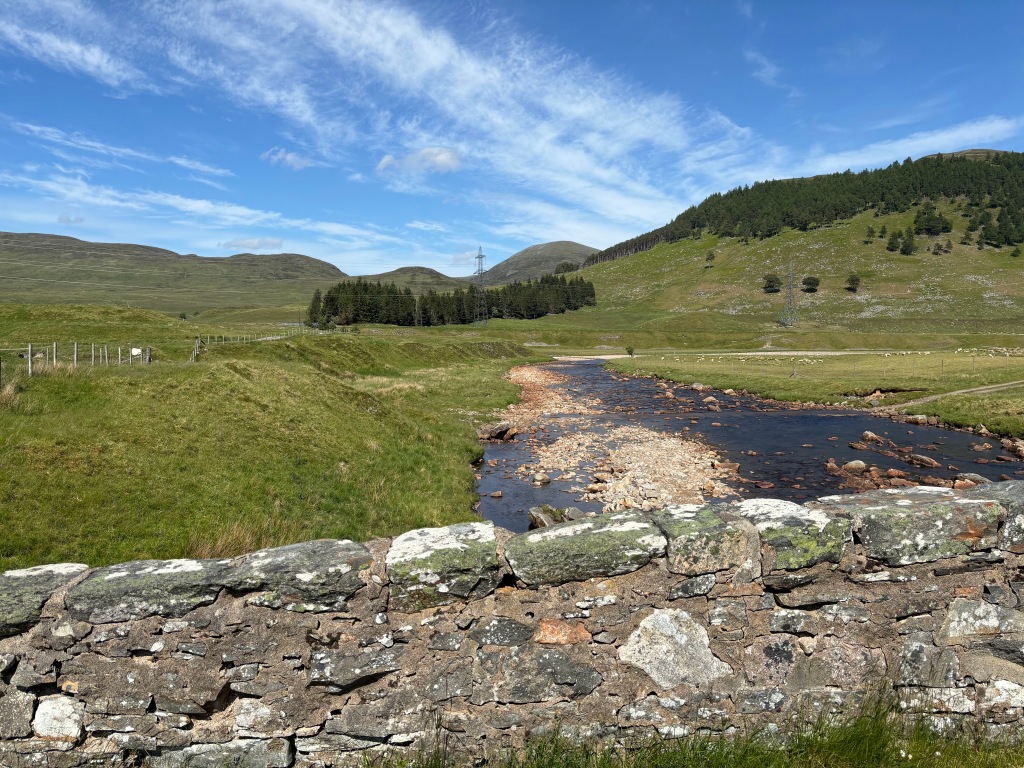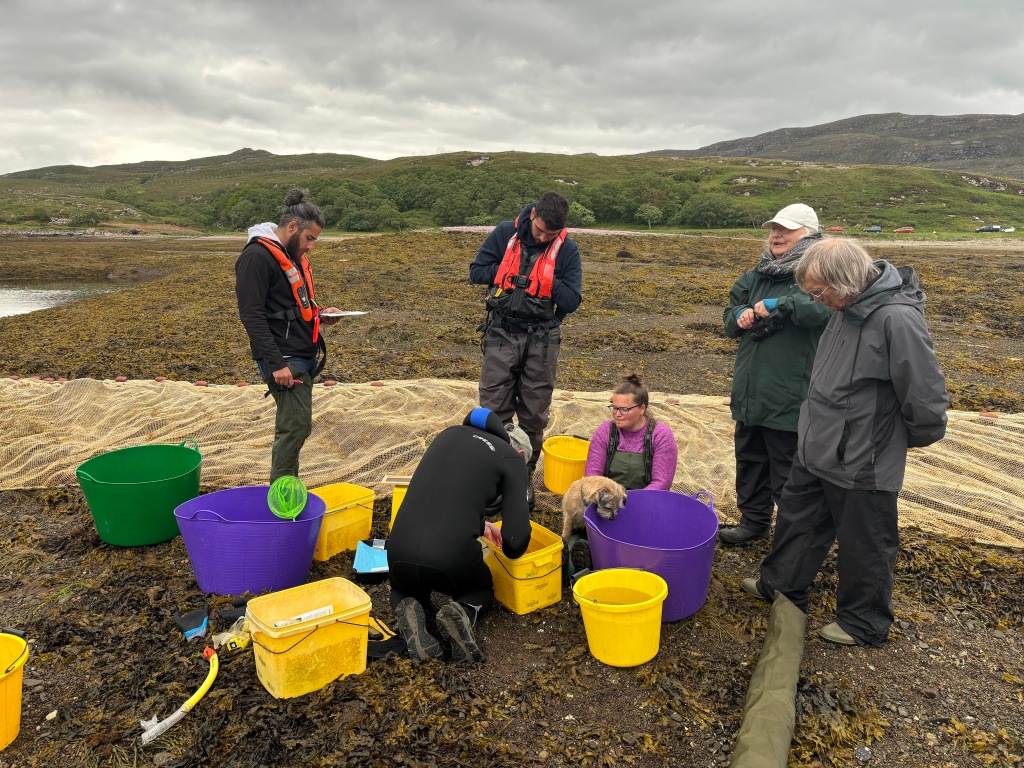Ten years ago, not long after we moved into the house we currently live in, we cut down a massive hedge in our garden. It was wildly overgrown, and took up around 4-5 ft of garden space, that we needed for swings, slides and children!


Today, a pond and river feature have replaced the swing and slide, as the children have become teenagers. The fence remains.

In the past two days, I have watched both of Scotland: The Big Pictures films: Why Not Scotland? and Riverwoods. I’ve been struck by the desperate need for ‘rewilding’ in Scotland. I am becoming convinced that it is a major part of how we must act in response to climate change. But yet, here I am, looking at my garden as I wash the dinner dishes, and recognising that a major space birds had to live in was removed ten years ago. Yes we see them every day in the Clematis that grows above the pond, but we have heavily restricted their habitat in our garden.
In a previous post, I mentioned meeting up with Charlie Cumming, CE for Edinburgh and Lothians Greenspace Trust, and he shared with me two very interesting sites all related to improving green spaces in Edinburgh:
- https://www.thrivinggreenspaces.scot/
- https://edinburghlivinglandscape.org.uk/project/edinburgh-nature-network/
The focus in Edinburgh is on creating ‘well-connected, healthy, resilient ecosystems’ that ‘use natural solutions to address the threats of biodiversity loss and climate change‘. But the films mentioned above are much grander in scope and ambition. Imagine a Scotland there the mountain ranges are not bare, but forested, up to and even above 1000m. Imagine Scotland’s rivers teeming with salmon, thriving due to the woodlands they meander through. Imagine a Scotland where beavers, wild boar, lynx and wolf roam and are part of a stable ecosystem. Amazingly to me, this once was Scotland, and perhaps needs to be again.
But let’s be realistic. This isn’t going to happen overnight. I’ve recently subscribed to Leave Curious on Youtube, a channel that ‘explores and tell stores of rewilding‘. This morning I watched this video that brings together rewilding and what I am learning about creating nature corridors. You should watch it.
What was particularly thought provoking were the comments by a young guy called Jack, featured in the video. He is director of a small charity called Youngwilders, ‘a youth-led non-profit focused on creating opportunities for young people to lead and act on nature recovery for our collective future’. He described hedgerow planting as ‘so sick‘, so he’s clearly cool, young and hip. But he’s also got a wise head on his shoulders, as in the very next breath he said…
When I first entered the Wilding space I was fascinated by different aspects of it. It was the big hitters that got me engrossed originally, like species reintroduction, big wild spaces, old growth forest, the kind of enchanting fantasy of wilderness and trying to bring that back.
But as we got into the world and started working primarily in Southern England, a context that is very specific and very difficult to do nature recovery work, you have to learn how to maximise biodiversity in nature recovery in the least disruptive and most realistic ways.
One way that is absolutely phenomenal for nature recovery, that farmers love, and is easy to implement is hedgerows. They’re like the green veins of the countryside, they allow animals to move more freely through the landscape. They’re fantastic for birds, for invertebrates, so so good for all aspects of nature.
These are the ideas we need to inspire our students in our school classrooms with. Possibly the most important quote from Why Not Scotland is this…
Never succomb to the feeling that you cannot change things. We have changed big things in the past.
Certainly the state of biodiversity in our country is at it’s lowest ebb, but there is hope. If you use Instagram, I encourage you to start following some rewilding projects to keep up date:
- Highlands Rewilding
- Rewilding GB
- Dundreggan
- Rewilding Affric Highlands
- Cairngorms National Park
- John Muir Trust
- Mossy Earth
- Scottish Wildlife Trust
- Scotland: The Big Picture
One place I would love to visit is Knepp. Jim Heath of Easter Craiglockhart hill first made me aware of it. As someone who was brought up on a dairy farm, and didn’t think too much about nature at the time other than the animals we managed, I am convinced this has to be the future of better land use in our country – the place is inspirational.
What would be amazing in the future is if we could see this kind of project going on in marginal land that’s not suitable for farming. You have this chance for species to survive if little pockets like Knepp are all joined up together with the great areas of wilderness that still exist.
Do take the time to watch this video, at least the start of it, just to get a flavour of what is possible when we decide to change things.









Leave a comment